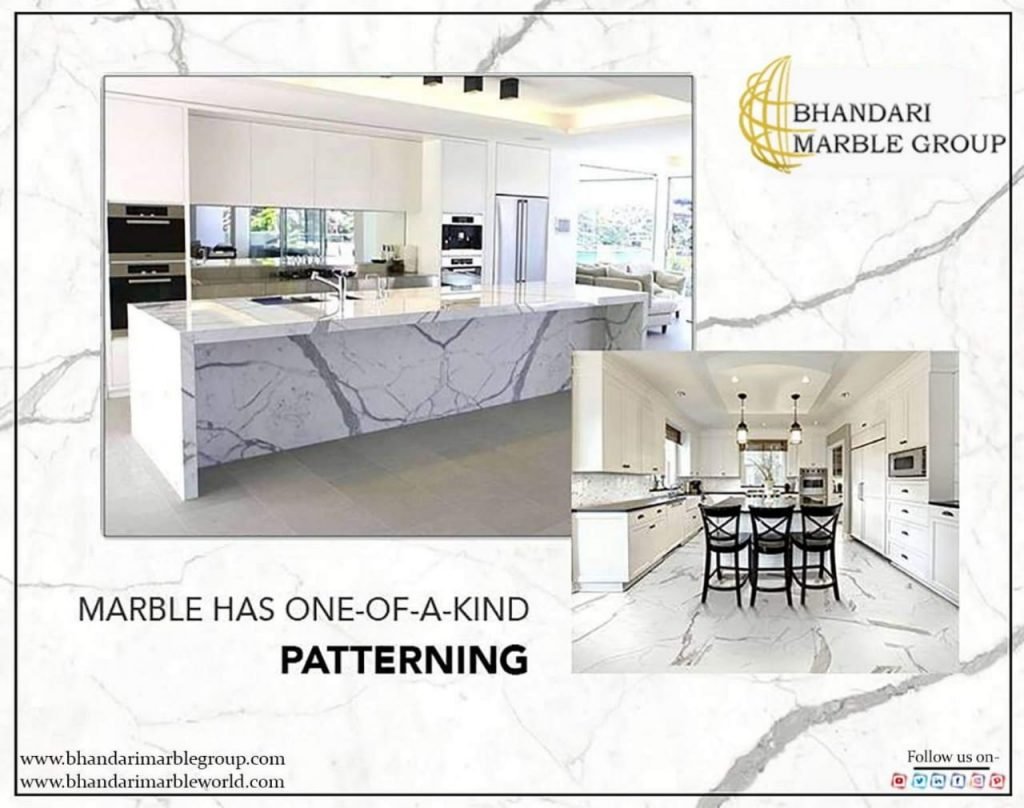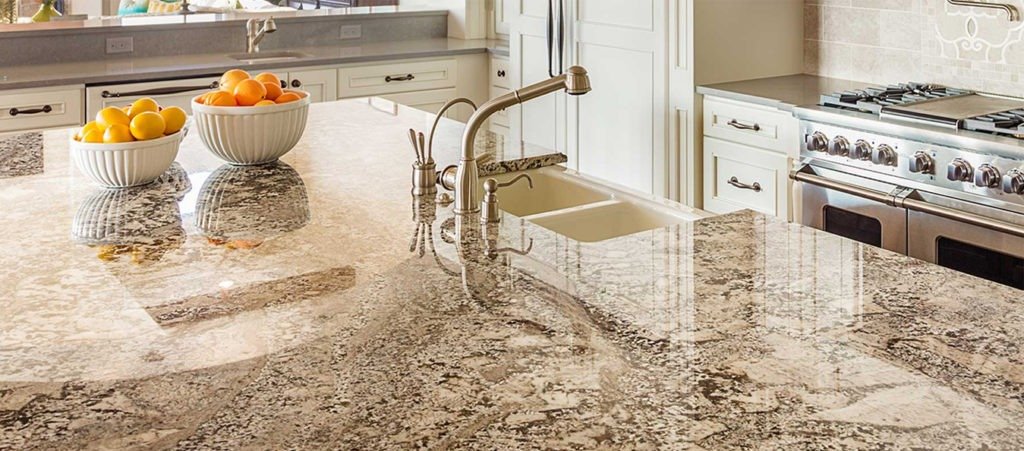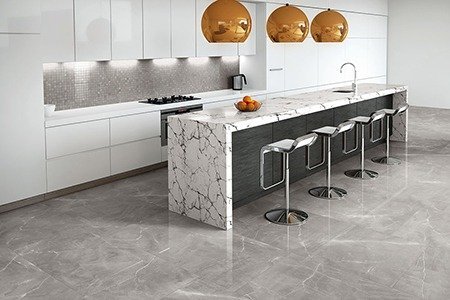HOW WE CAN USE WHITE MARBLE WITH COLORFUL MARBLE FOR FLOORING ELEVATION DECORATION AND COUNTERTOP?
TAGS: Whitemarble, Decoration, Flooring, Elevation, Countertop
White marble flooring, Elevation Decoration, and countertop
By D.C. BHANDARI
Chairman
Bhandari Marble Group,
White Marble Flooring Elevation Decoration and Countertops:
Tips for Choosing a White Marble Slab
Considering marble flooring elevation decoration and countertops? Discover all about everything you need to know about the White Marble, a popular surface before you start picking out slabs
When it comes to selecting Flooring Elevation Decoration and countertops, White marble remains the top choice for Architects Interior designers Engineers Builders Hoteliers Developers Clients, and homeowners. It’s no surprise that White marble flooring Elevation Decoration countertops and backsplashes are so popular.
The White marble Natural stone has been attractive to everyone.

“White Marble is a natural material with great quality, depending on which type you select and how it’s finished,” says Mr. Rahul the CEO and stone Expert Bhandari marble group. “It creates a really eye-catching, healthy, Cozy, and Charming natural pattern, which you don’t get with a lot of artificial tiles and chemical mix materials.” Among White marble options, white marble takes the Crown. “nobody finds anything as white in nature as white marble,” adds Mr. Bhandari, an MD at Bhandari marble company in India. “You just don’t get that attraction in any color and kind of figuring in any other type of natural stone slabs.”

White marble is a perfect product. While good-quality white marble, such as the world-famous Statuario, Calacatta,
Carrara products from Carrara, Italy, and Makrana white, Banswara white and wonder white marble from India are dense and relatively nonporous—which makes them durable and stain-resistant they also have nice Natural stone. The white metamorphic rock, marble is generally composed of calcium carbonate or dolomite which look nice. But as long as you choose carefully, know what to expect, and care for white marble countertops, they can be a beautiful, functional choice for your kitchen design that lasts a lifetime.
Ahead, we’ve rounded up expert tips on how to choose the perfect slab of marble—so if you’re on the market for marble countertops, keep reading!
- If you’re concerned about stains, stick with white marble.
Although many people automatically think of creamy, white stone when they think of marble, “there are hundreds of varieties including types that are taupe, green, gold, red, and black. For marble kitchen countertops, however, We generally recommend sticking with white marble. Because acid etching leaves a whitish mark, it is much more noticeable on colored marble than on white marble. “We put a thousand caveats on any dark marble or nonwhite marble being used for kitchen countertops,”, “but it’s a personal choice.” While classic Italian white marbles like Calacatta and Statuario are generally of excellent quality and a great kitchen idea.
- Consider how the different marble slabs will come together.
Every stone slab is slightly different, so it’s ideal to select the exact pieces of stone that will be used for your countertops. “There’s an art to marble—selecting the slabs and understanding where the veining is going to be located on the countertop. “You want to artfully place the markings so that it’s almost like a painting.” At the same time, it’s important to consider how different pieces come together. “The longer the piece you can get without any seams, the better. “If you do have seams, it’s always nice to book-match the marble,” so adjacent pieces have a mirrored appearance.

- Take veining patterns into account.
Every quarry is different, but it’s possible to cut certain types of marble blocks in two different ways to achieve unique veining patterns. Crosscut, or fleuri cut, results in stone slabs with “an open flowered pattern,”, which looks fairly random and is ideal for book-matching. Vein cut, or striato, slices the block the other way to achieve a linear, striped appearance. “Designers have used both cuts to create some fantastic looks”
Nature, Outdoors, Water, Sea, and Ocean
Vein-cut marble results in a linear, striped appearance.
- You can transform the look of marble with different finishes.
“The whole stone industry has been going through a massive wave of technology, and it’s transforming the product,”, noting that there are now more ways than ever to finish stone, including different brushing and polishing techniques. An orange-peel-like texture is possible, he notes, which “might be called a leather, brushed, or river-wash finish.”
But the most popular choices remain polished, which looks glossy, or honed, which appears matte. For homeowners concerned about acid etching, We recommend a honed finish. “On a polished finish, etching is going to turn it dull and be more visible,”. “With honey, you’re dulling an already dull finish, so it disguises it.”

- Consider curving the edges of your marble countertop.
Besides its natural beauty, there’s a reason marble has historically been so popular for sculpture: It’s easy to work with tools. Add modern computer numerical control milling machines to the equation and almost anything’s possible for kitchen decorating.
There are countless edge profiles to choose from but prefer a simple eased edge, which takes the sharpness. We point out that a bull’s nose, which has the profile of a half-circle, is also a timeless favorite and functional winner. “Hard stones like marble are brittle, so if you hit a corner with something hard, it will chip,”. “With a curve, it’s highly unlikely that it’s going to chip.” To give the thin ¾-inch stone the look of a thicker slab, it’s possible to use a miter joint at the edge of the countertop to add a thicker face with an almost seamless appearance. “You can build up a really nice thick-looking piece without having to use a thick slab,”.

- Call the marble facility ahead of your visit.
“Call the slab marble facility in advance to inquire about whether they have marble slabs that meet the color, type, square footage, and dimensions you require,” suggests Toronto-based interior designer Ferris Rafauli. “Let them know when you’re coming and ask them to organize a tour [where someone] points out the various slabs of marble they have. This will also allow the supplier to pull out their various slab marbles in advance so that when you arrive they are taking you directly to the selections that meet your needs.” - Know the difference between cracks and fissures in your marble.
Cracks are a sign that the marble has been dropped or improperly handled. Fissures, though, are entirely different. “A fissure differs from a crack in that it’s a naturally occurring feature in the stone and does not change the plane of the marble surface,. “You should be able to slide your nail across a fissure without it catching. Depending on the look you are trying to achieve, fissures may be acceptable—say, if you’re looking for a stone that will give you a more rustic look. Fissures don’t change the integrity of the stone; they are part of the stone’s character.

- Ask about the origin of the Marble.
“These days, white marble such as Calacatta and Statuario is currently in high demand. As such, some marble suppliers will call their white marble with veins Calacatta marble. But it won’t be authentic, rather just white stone with veins that originates from China or some other part of the world. “True Calacatta originates from mountain quarries in Carrara, Italy. The same is true for Statuario: True Statuario marble originates from Italy.” - Maintain your Marble Countertops by getting a sealed Finish.
Finishing Marble Countertops with a penetrating sealer is essential for long-term performance. Acids will still etch the surface, but if the Countertop has a honed finish, an etched mark can usually be removed by scrubbing with a Comet paste using a Scotch-Brite pad.

If it’s a polished surface, it will require different abrasives and technical skills to clean the marble, which might best be left to a professional. If the marble does get a stain, it can often be removed with an alkaline poultice that gradually pulls the offending material out of the stone as it dries. But any of these interventions will also strip the sealer, he notes, so it needs to be reapplied after the repair.
“The good thing about marble is that you can always sand it down or polish it again,”.“With a lot of other materials, once you damage it, you can’t do that.”
INDIA’S TOP AND WORLD’S BEST MARBLE, GRANITE AND STONE COMPANY.
CATEGORIES: WHITE MARBLE, COLORFUL MARBLE, DECORATION, ELEVATION, COUNTERTOP, FLOORING
ADD BY EXPERT AND EXPORT TEAM OF BHANDARI MARBLE GROUP. CONTACT US ON; 9672941111.
Comments
Post a Comment